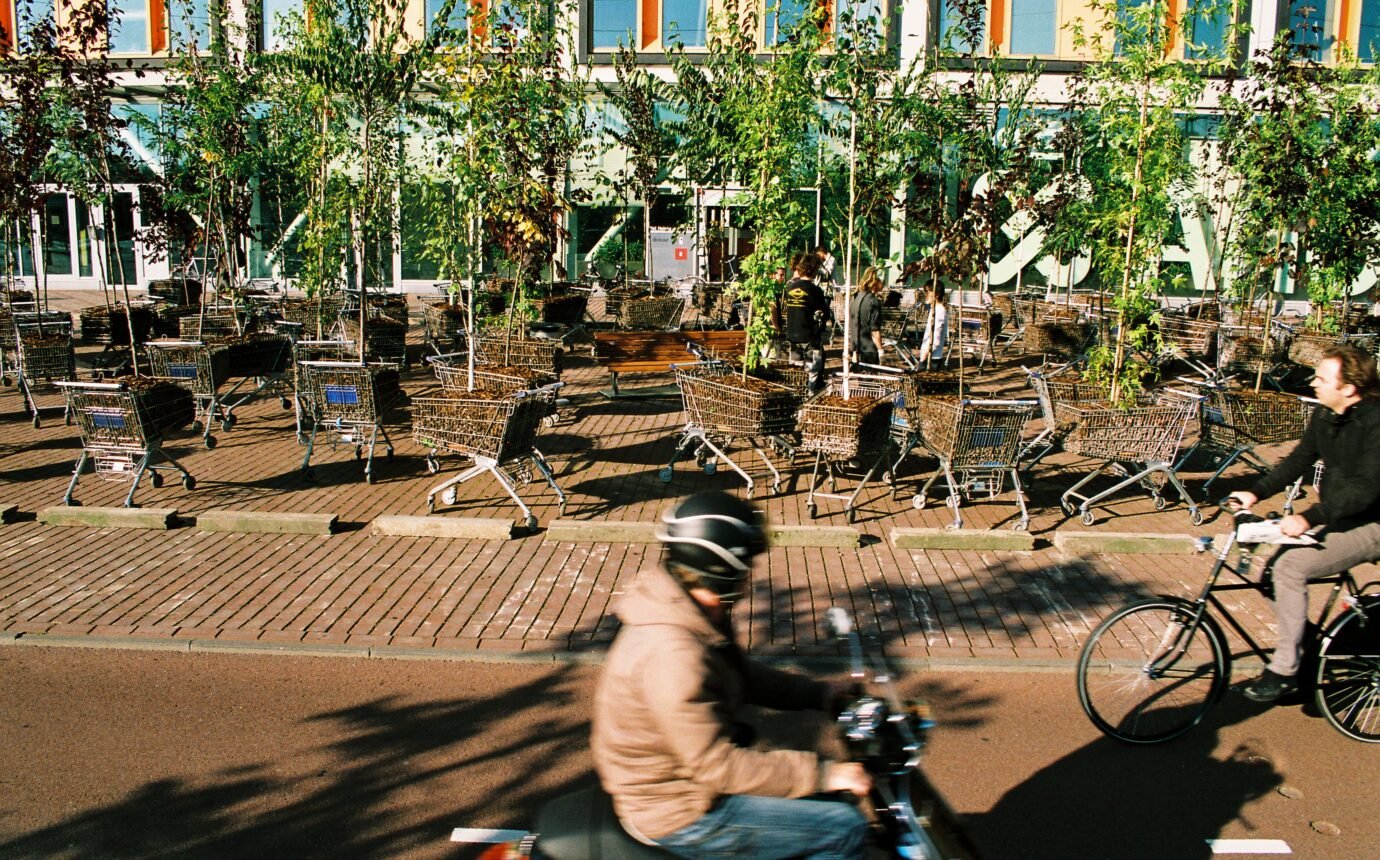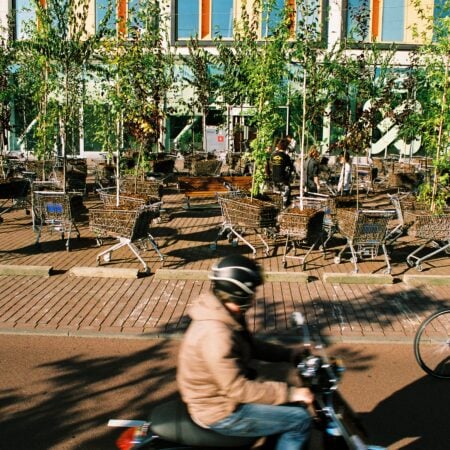Using Lego, Artist Ekow Nimako is Building on Black Mythology


With sculptures rooted in Afrofuturism and African mythology, the Ghanaian-Canadian artist is creating a new iconography
There is no separation of art and design for artist Ekow Nimako. Through Lego creations, he reimagines African architecture and artifacts or invents futuristic designs that transcend traditional forms. Rooted in Afrofuturism and African mythology, Nimako’s sculptures expand Black diaspora folklore and iconography through storytelling. His pieces exist simultaneously within our world and worlds of their own.
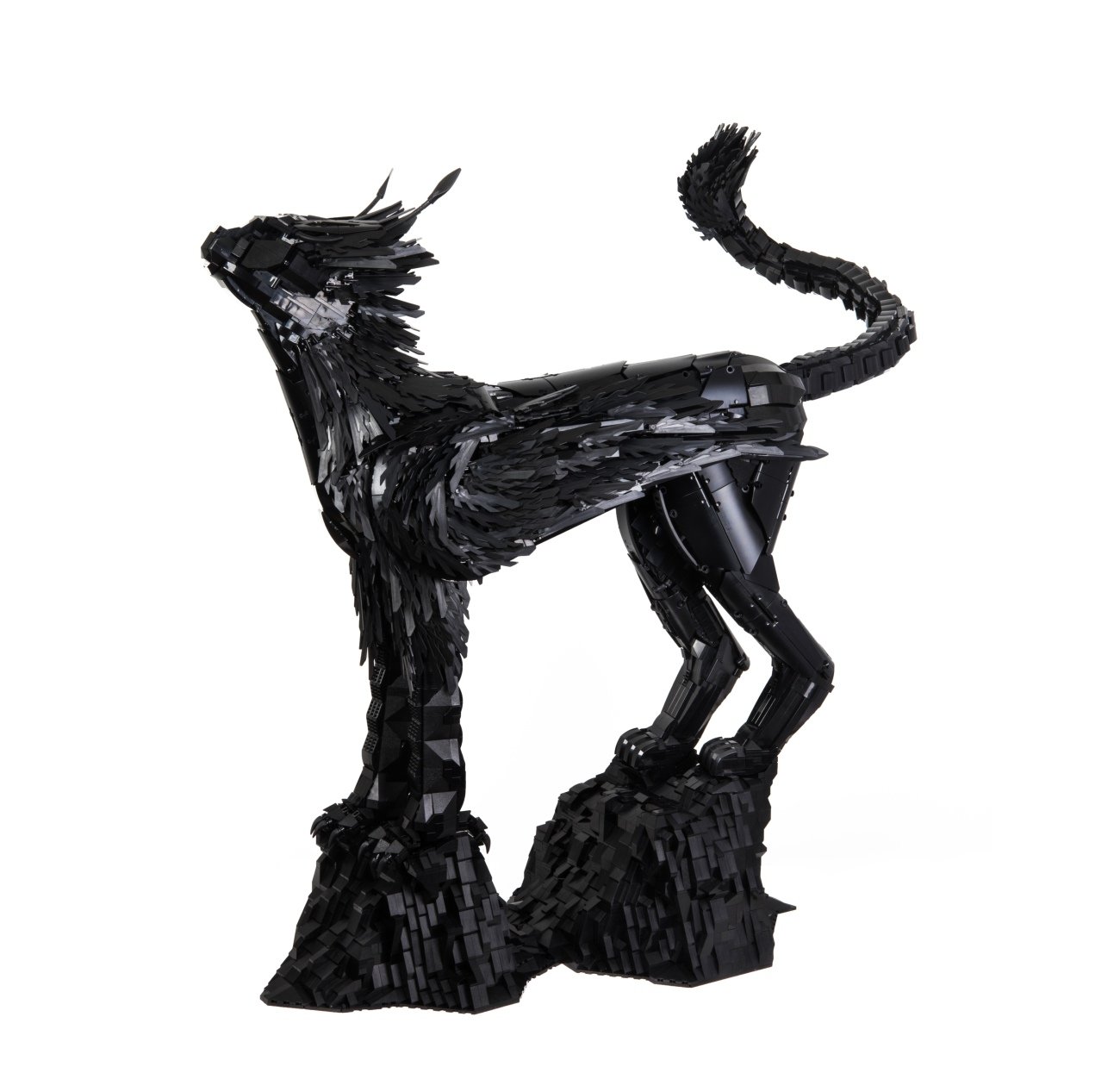
Kadeesa (Griffyx Cub), 2020.
The Ghanaian–Canadian artist, who first played with Lego as a child, had his interest in the plastic bricks piqued again when he began purchasing sets for his children. Playful construction became earnest art-making, and in 2014, he had an epiphany that informed his current approach. “A lot of the merit of a Lego creation is that it’s made of Lego,” he says.
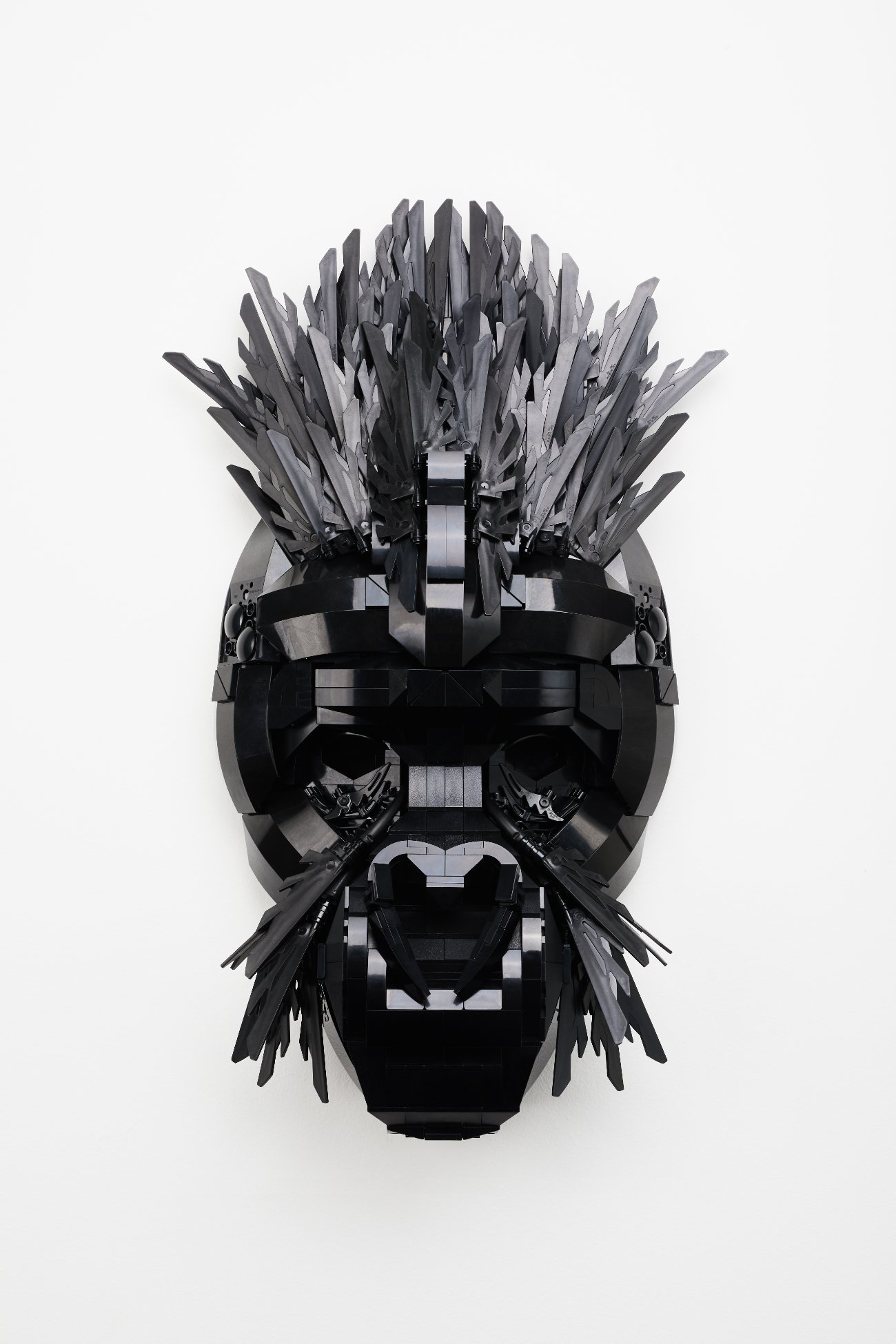
Simis, 2020.
“I strive for my work to be engaged with for its formal quality and content, to transcend the material and the expectations of what that material can achieve.”
A Studio of Transformation
Ekow Nimako, working in his Leslieville basement studio surrounded by meticulously catalogued black Legos and free-standing sculptures, insists that his creations transcend their physical confines and evoke an otherworldly essence. By the same token, his work acknowledges, honours and affirms the traditions of African art by placing it in spaces – like Toronto’s Aga Khan Museum, which recently acquired Nimako’s 2.7 square metre, 100,000-brick cityscape, Kumbi Salah 3020 – where it would likely not otherwise exist.
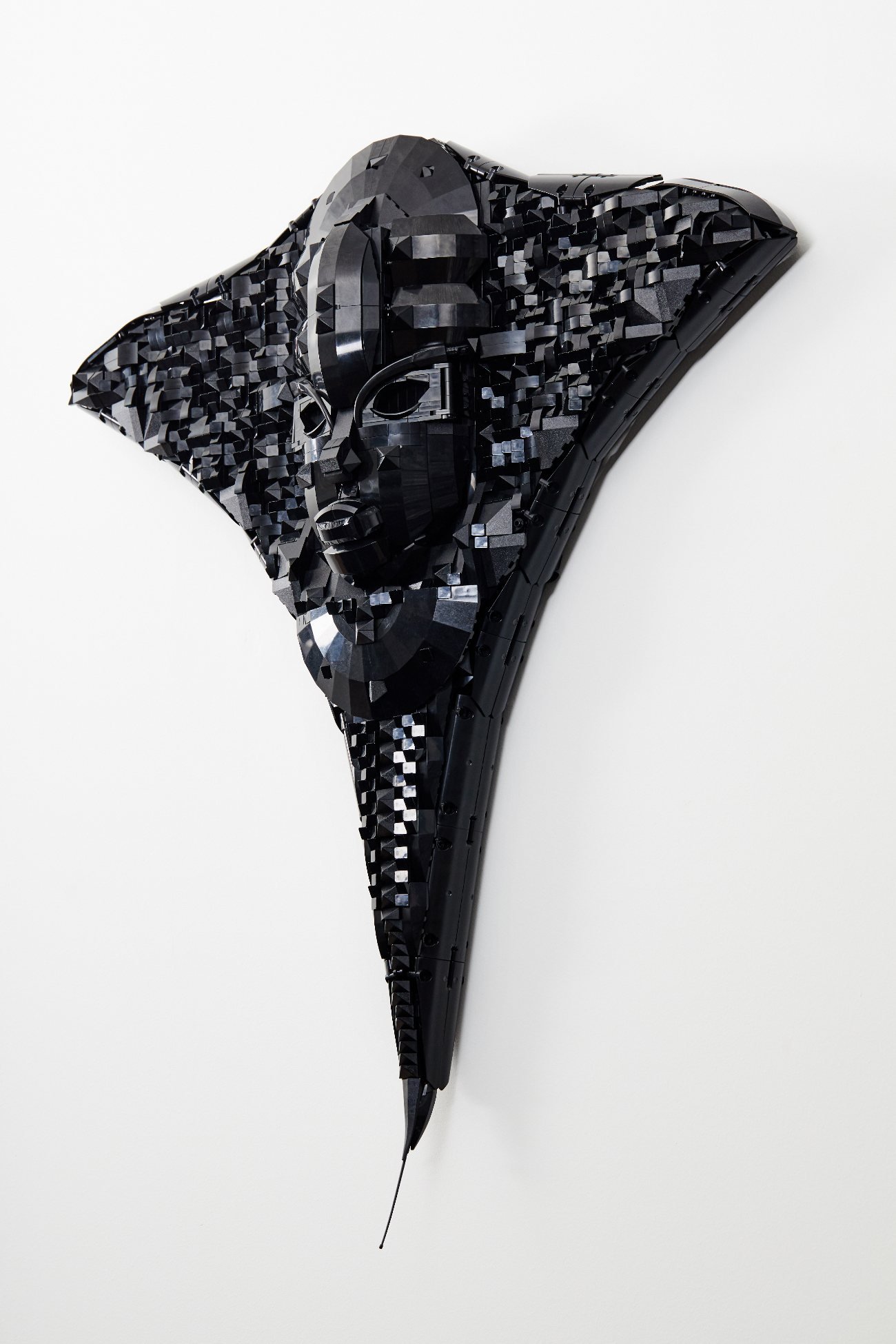
Mantawutu, 2019.
“Someone will be able to Google Anansi,” Nimako says of the mythical spider, a trickster god in various folklore. “They’ll find a fine art sculpture made of black Lego by a Black artist.” “It became important to me to do these things and make sure they exist in some way.”
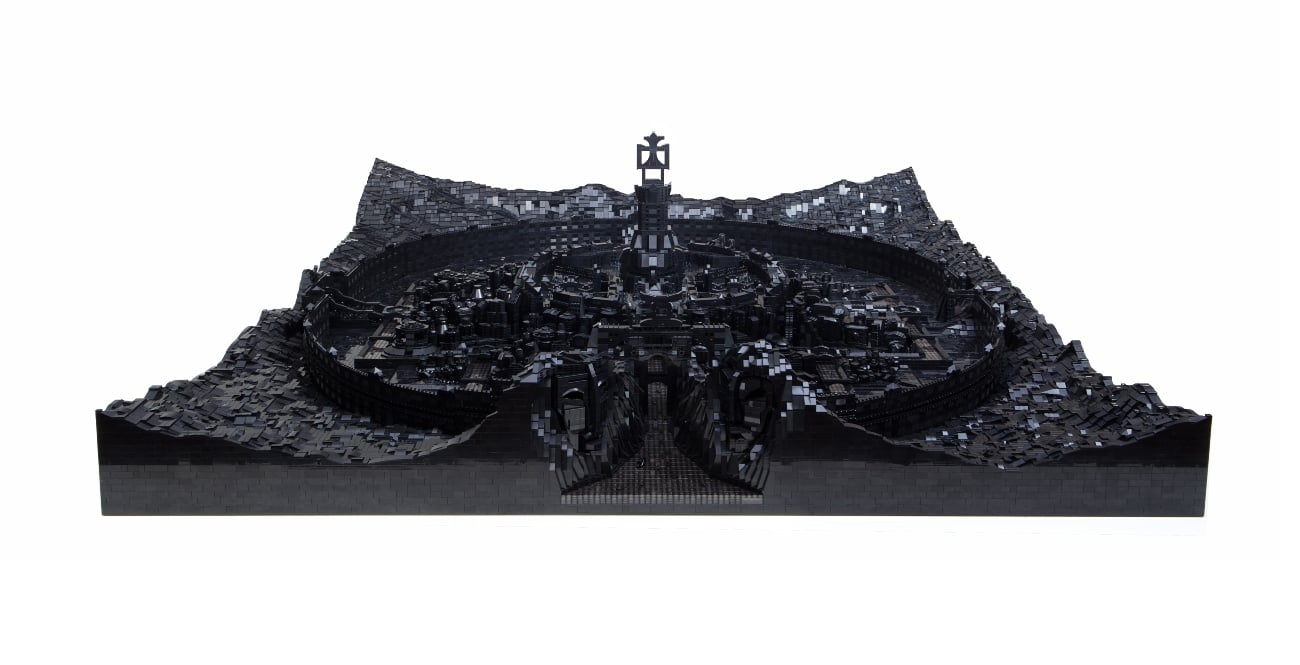
The Aga Khan Museum recently acquired Kumbi Saleh 3020 CE, created in 2019 by Ekow Nimako.
The artist first encountered Anansi through the work of a non-Black author, inspiring him to use his art to challenge and subvert how the white gaze distorts Black storytelling. Grounded in a framework he calls “speculative reclamation,” Nimako actively interrogates African legends, myths, and folklore with skepticism, reimagining pre-existing narratives or creating new ones. Through two critically acclaimed and ongoing series, he has elevated African and Black diasporic mythology within the fine art world.
Building Black: Civilizations reimagines societies and civilizations, including his native Ghana, while Building Black: Amorphia reinvents African mask-making traditions. Nimako reclaims Black mythology-making with creations that reject the idea of Black cultural works as antiquated artifacts. He proves they can be innovative and celebrated in contemporary contexts. EKOWNIMAKO.COM
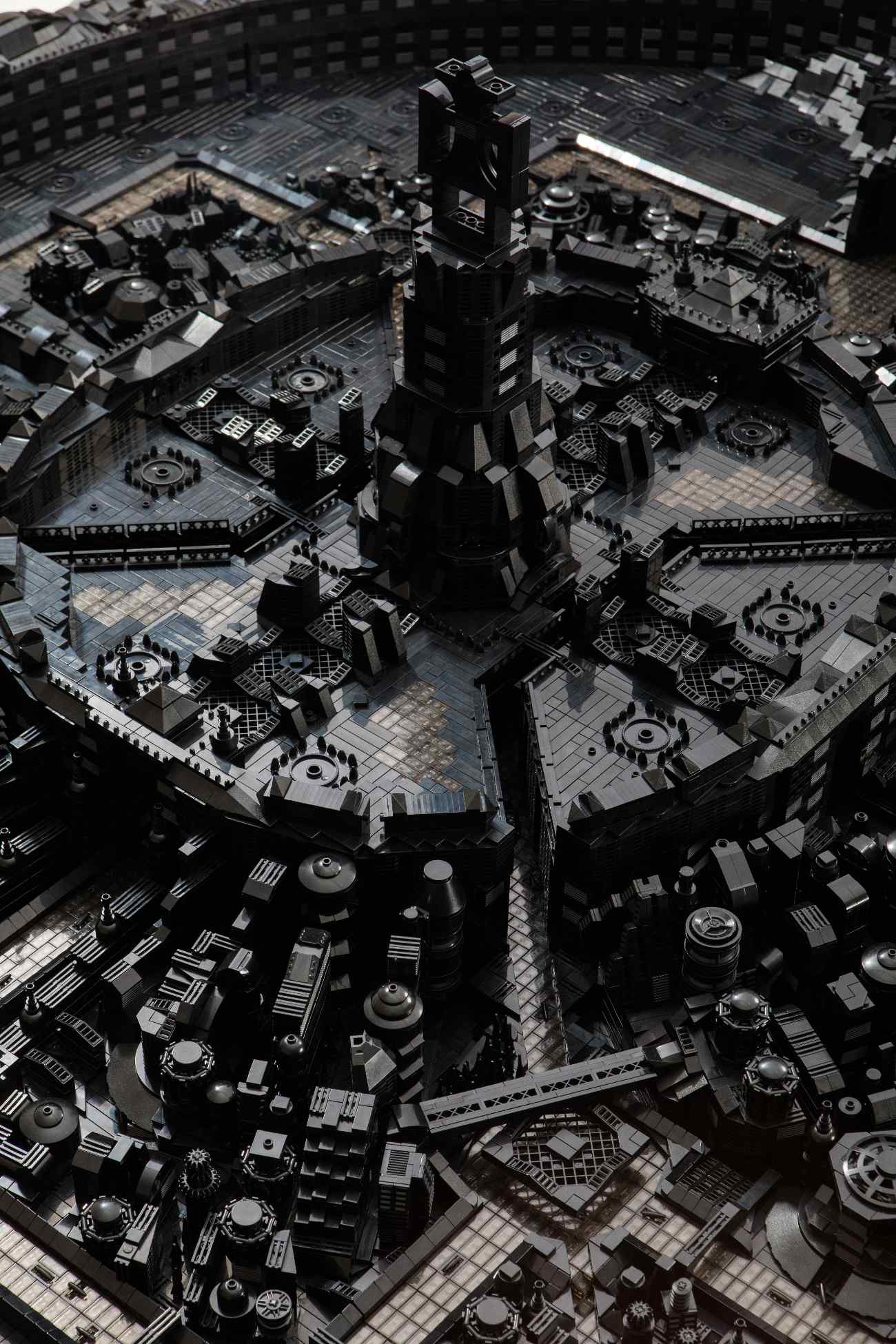
A detail shot of Kumbi Saleh 3020 CE.









